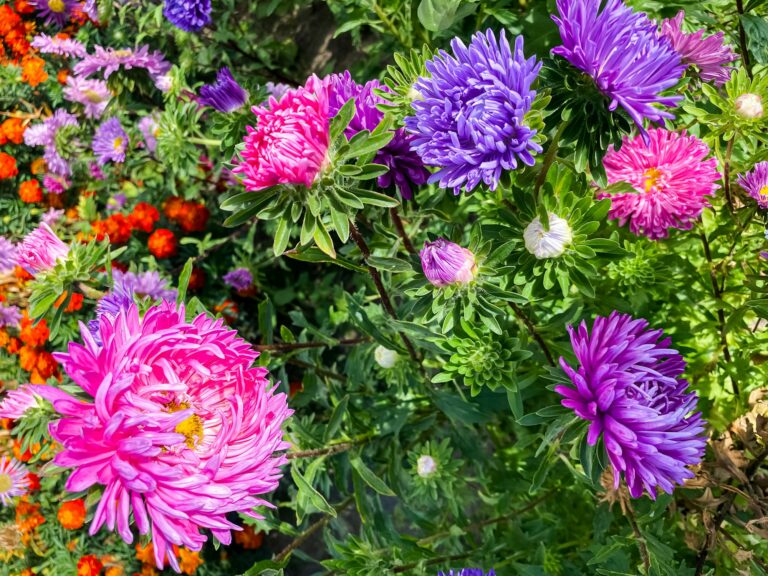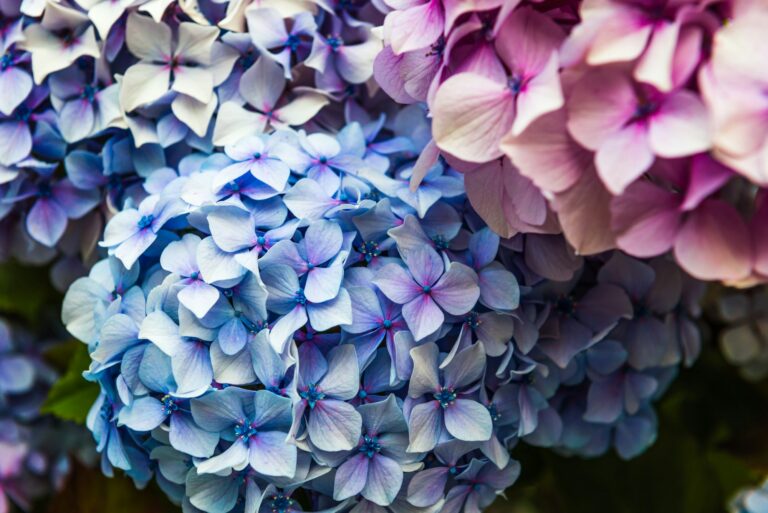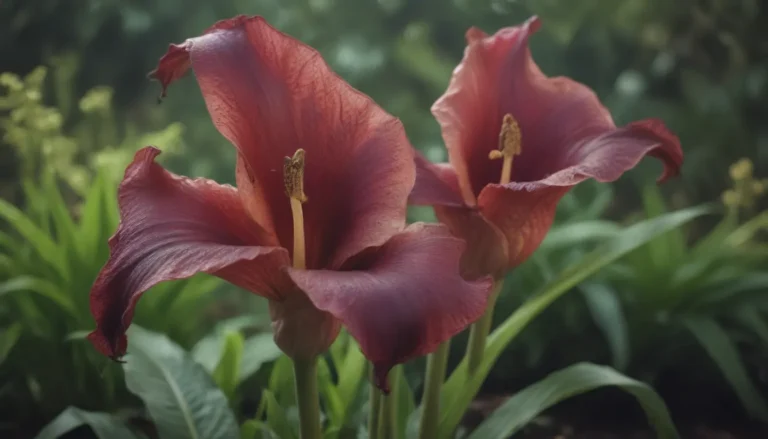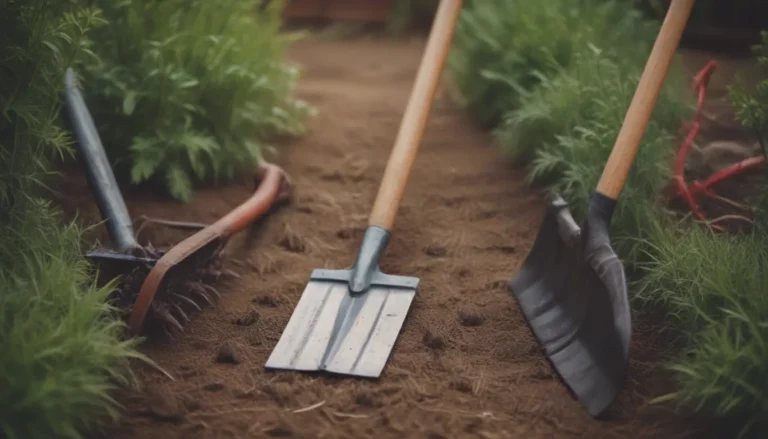Ultimate Guide to Growing and Caring for Peruvian Lily (Alstroemeria)
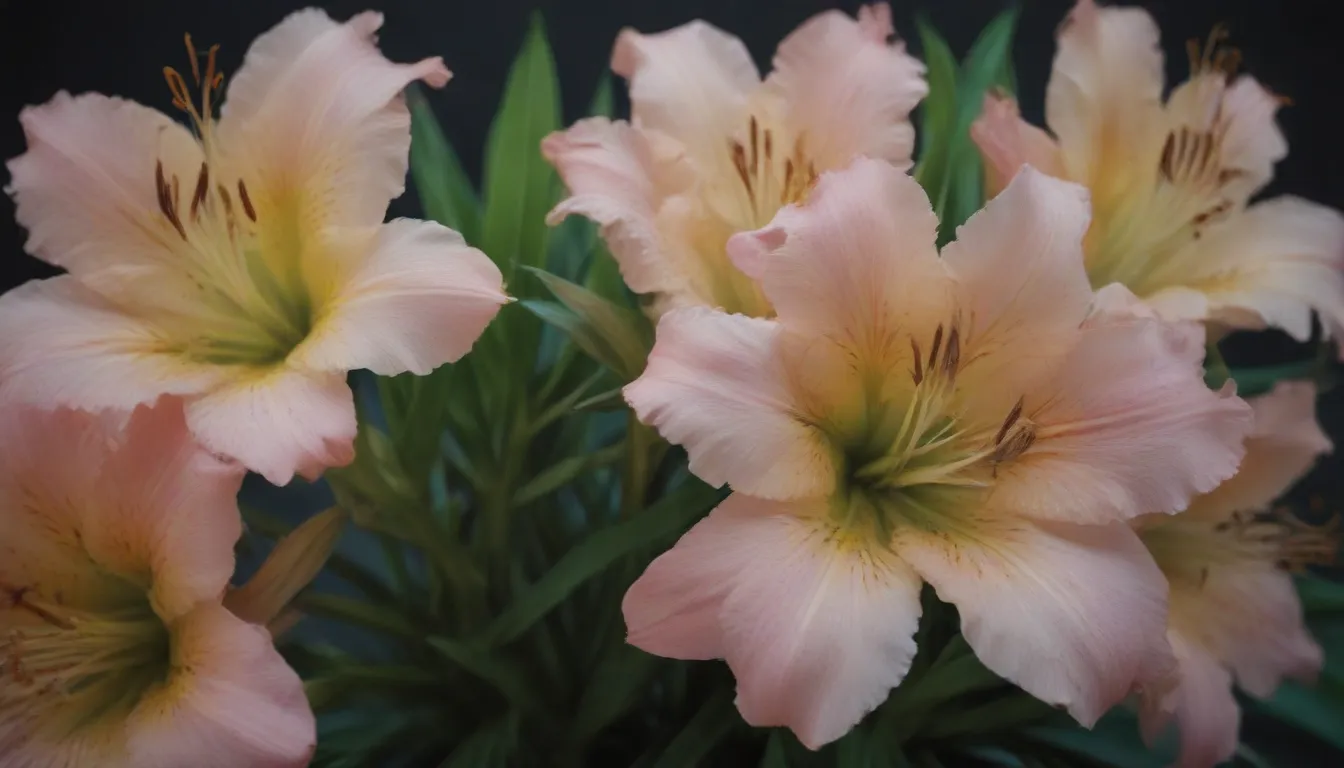
Are you looking to add a touch of exotic beauty to your garden? Look no further than the Peruvian lily, also known as Alstroemeria. These stunning flowering plants are native to the mountain regions of South America and are sure to add a pop of color to your outdoor space. In this comprehensive guide, we will delve into everything you need to know about growing and caring for Peruvian lilies. From soil requirements to propagation tips, we’ve got you covered. So grab your gardening gloves and let’s get started!
Getting to Know Peruvian Lily
Before we dive into care tips, let’s take a closer look at what makes Peruvian lilies unique:
- Peruvian lilies closely resemble true lilies but are not part of the lily family.
- These plants can grow anywhere from 20 inches to over 3 feet in height.
- Peruvian lilies produce eye-catching flowers that can last two to three weeks as cut flowers.
- They prefer rich, well-draining soil and thrive in full sun, although they appreciate some shade during the hottest part of the day.
Now that we have a basic understanding of these beautiful plants, let’s explore how to care for them properly.
Peruvian Lily Care
Taking care of your Peruvian lilies is essential to ensure they thrive and produce stunning blooms. Here are some key care requirements to keep in mind:
Light
- Peruvian lilies thrive in full sun, but they appreciate some shade in sweltering climates.
- Aim for six to eight hours of sunlight daily to encourage abundant flowering.
Soil
- Provide your Peruvian lilies with fertile, well-drained soil.
- Improve soil quality by adding organic amendments like compost or leaf mold.
- Aim for a slightly acidic pH level between 5.5-6.5.
Water
- Ensure your Peruvian lilies receive regular moisture, especially during hot summer months.
- Water them at least once a week or when the soil surface feels dry.
Temperature and Humidity
- Peruvian lilies prefer temperatures ranging from 65 to 80 degrees Fahrenheit.
- Avoid planting them in areas with extreme heat to prevent blind stems (foliage without flowers).
- Adequate spacing is essential to prevent fungal diseases like botrytis in humid regions.
Fertilizer
- Feed your Peruvian lilies with a balanced flower fertilizer in early spring to prepare them for the growing season.
- For continuous blooms, provide regular nutrition every two weeks using organic additives like manure or compost tea.
Taking these care requirements into account will help your Peruvian lilies thrive and produce vibrant flowers.
Types of Peruvian Lily
Peruvian lilies come in a variety of hybrids, each offering unique colors and characteristics. Some popular options include:
- ‘Fougere’
- ‘Moulin Rouge’
- ‘Mauve Majesty’
- ‘Indian Summer’
- ‘Princess Eliane’
Explore these beautiful varieties to add a splash of color to your garden.
Pruning and Propagating Peruvian Lily
Proper pruning and propagation are essential for maintaining the health and vitality of your Peruvian lilies. Here are some tips to help you with these tasks:
Pruning
- Trim back your Peruvian lilies after blooming to prevent seed production.
- Remove less productive stems to encourage new growth from younger plants.
Propagating
- Divide the tuberous roots of your Peruvian lilies in early spring for easy propagation.
- Control their spread by cutting flowers for display and preventing reseeding.
Potting and Overwintering
If you prefer growing your Peruvian lilies in containers, here are some tips for potting and overwintering:
Potting
- Plant your Peruvian lilies in large containers with trailing plants for a stunning display.
- Stake them to keep them upright and use a commercial potting mix for optimal growth.
Overwintering
- In warmer regions, Peruvian lilies may not need winter protection.
- For colder zones, dig up and store the tubers for the winter to ensure their survival.
By following these guidelines, you can enjoy healthy and vibrant Peruvian lilies year-round.
Common Pests and Plant Diseases
Peruvian lilies are generally resistant to pests and diseases but may occasionally encounter issues like slugs, mites, or aphids. Here are some common problems to watch out for:
- Root rot caused by various fungi.
- Prevent damage by using insect soap or slug bait to control pests.
How to Encourage Blooming
To ensure your Peruvian lilies bloom profusely, provide them with adequate water, light, and fertilizer. Here are some additional tips to encourage blooming:
- Deadhead spent blooms to promote new growth.
- Use a balanced fertilizer every two weeks to nourish your plants.
By following these tips, you can enjoy a bountiful display of colorful blooms from your Peruvian lilies.
Wrapping Up
In conclusion, growing and caring for Peruvian lilies is a rewarding experience that adds beauty and charm to any garden. By following the tips outlined in this guide, you can cultivate healthy, thriving plants that produce stunning flowers season after season. Whether you’re a seasoned gardener or new to the world of horticulture, Peruvian lilies are a fantastic addition to any outdoor space. So roll up your sleeves, grab your gardening tools, and watch your Peruvian lilies flourish in all their vibrant glory!

